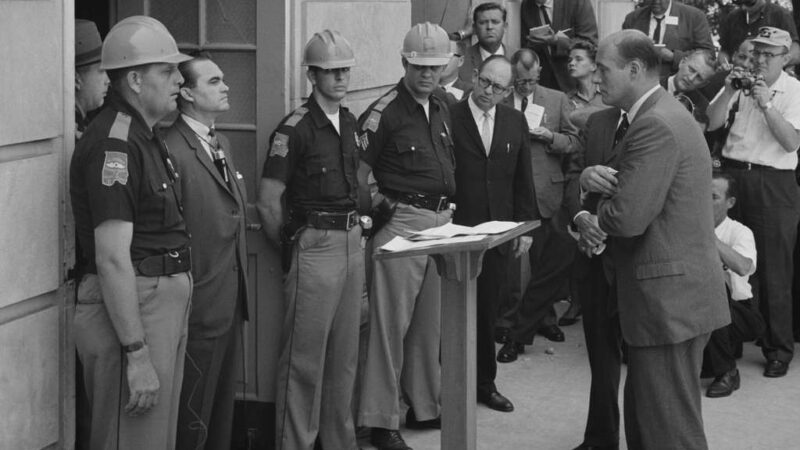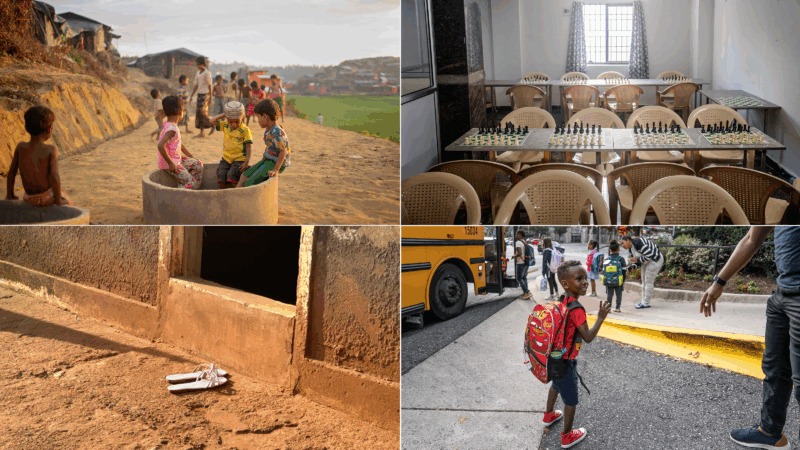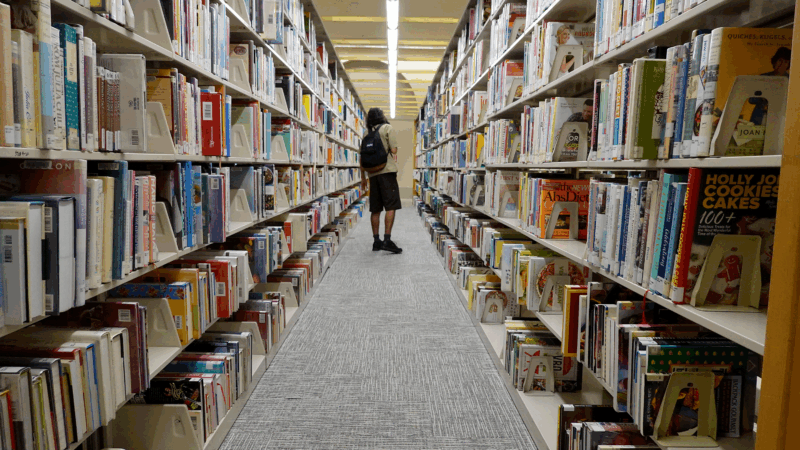Opportunity Zone Apartments Aim for Affordability Downtown. Will They Be?
Birmingham’s downtown housing market has boomed in recent years. Pricey lofts and luxury condos have mushroomed throughout the city center. But skyrocketing rents and leases mean many low-to-moderate income workers, such as in the restaurant and hotel industry can’t afford to live there.
Kennard Craig, a 25-year-old grad student at UAB, says he’d like to live downtown, but the prices are too high.
“I try to go on web sites like Zillow or apartments.com, but it’s always like thousands of dollars just to live close downtown,” he says.
In today’s bustling downtown real estate landscape monthly rent hovers around $1,600 for a one-bedroom. Two-and-three bedroom apartments could rent for twice that amount.
It’s a sign of Birmingham’s downtown transformation in recent years. The once-decaying buildings and deserted sidewalks now are filled with popular restaurants, pubs and rooftop bars. Those who want to be there are willing to pay a premium.
But Craig says he, like many others his age, doesn’t have a lot of money to spend on housing.
“I know I have a nice amount of student loans I’ve got to pay off, so it’s just kind of hard to add on with the mortgage and all that kind of stuff.”
A new development on Fourth Avenue North may provide options for people like Craig.
The old American Life Building is Birmingham’s first Opportunity Zone project – a government-backed program designed to revitalize urban neighborhoods. It gives generous tax cuts to developers who invest in low income areas.
Developer Patrick Harwell says the apartments in the 12-story building will help fill a void in the city’s housing market.
He says there’s a demand from people who have modest incomes and want to live close to downtown or UAB – like medical technicians and restaurant employees.
“Or, it’s somebody who’s just starting off in their career – who is just graduating and making 30,00 to $50,000 a year. This appeals to them,” Harwell says.
A handful of units will be reserved for clients of the Dannon Project. Those are people who have completed job training after being unemployed or incarcerated.
But some question whether the Opportunity Zone Project will help Birmingham residents with the greatest housing needs.
William Barnes of the Birmingham Urban League says about 30 percent of current city residents live in poverty. The lower rents in the new building will be affordable to some but not all, he says.
“You can’t occupy decent, affordable, clean housing, if you don’t have decent income – and you’re talking about more than a $7.25 an hour job,” he says.
People who complete programs through the Urban League often can get higher paying jobs and get better housing.
Harwell, the developer says about 95 percent of the high-end apartments around downtown and Southside are occupied. Fueled by demand, he says his company plans to announce a similar downtown Opportunity Zone development soon.
Photo by Thomas Hawk
How George Wallace and Bull Connor set the stage for Alabama’s sky-high electric rates
After his notorious stand in the schoolhouse door, Wallace needed a new target. He found it in Alabama Power.
FIFA president defends World Cup ticket prices, saying demand is hitting records
The FIFA President addressed outrage over ticket prices for the World Cup by pointing to record demand and reiterating that most of the proceeds will help support soccer around the world.
From chess to a medical mystery: Great global reads from 2025 you may have missed
We published hundreds of stories on global health and development each year. Some are ... alas ... a bit underappreciated by readers. We've asked our staff for their favorite overlooked posts of 2025.
The U.S. offers Ukraine a 15-year security guarantee for now, Zelenskyy says
Ukrainian President Volodymyr Zelenskyy said Monday the United States is offering his country security guarantees for a period of 15 years as part of a proposed peace plan.
Genre fiction and female authors top U.S. libraries’ most-borrowed lists in 2025
All of the top 10 books borrowed through the public library app Libby were written by women. And Kristin Hannah's The Women was the top checkout in many library systems around the country.
The Best Tiny Desk Concerts of 2025
Which Tiny Desk made an audio engineer question everything? Which one made a producer want to cry? Touch grass? Look back on the year in Tiny Desk, with the people who make them.







